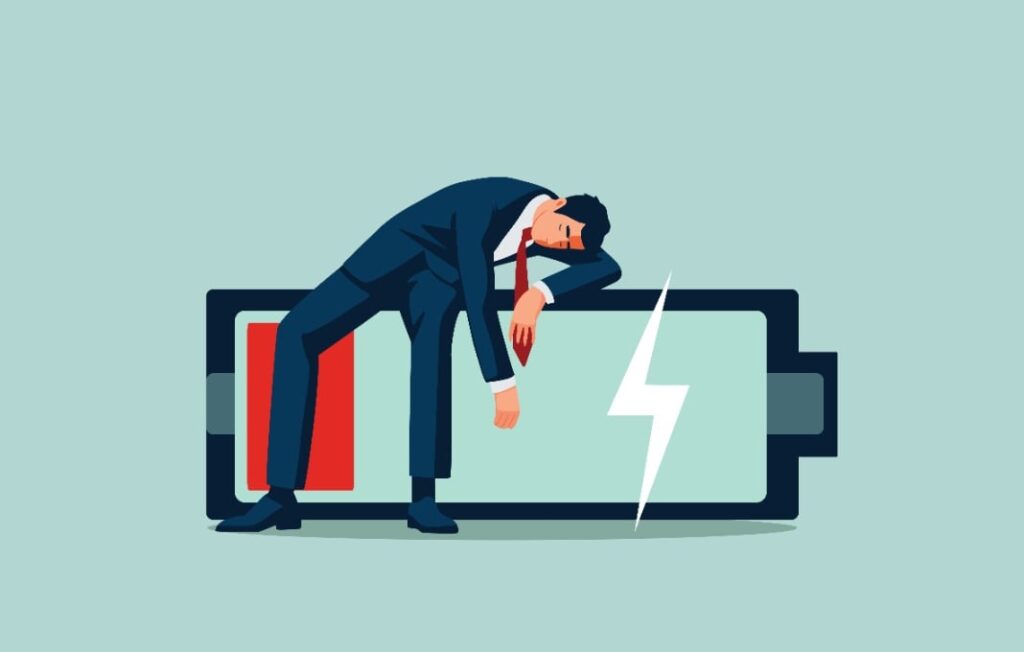The Energy Audit Is In: Why Executive Burnout Puts Strategy—And The Whole Business—At Risk
Summary
Executive energy is framed as a strategic asset rather than a private, personal issue. Michel Koopman argues that burnout at the top corrodes long-term thinking, innovation and culture — and that organisations must treat leader vitality as business-critical. The piece outlines why executives burn out, lessons borrowed from elite performers, and a simple energy-audit framework (physical, mental, emotional, strategic) to help leaders and boards diagnose and address the problem.
Key Points
- Executive burnout often disguises itself as dedication (long hours, constant availability) but undermines strategic clarity and decision-making.
- SHRM data shows about 70% of C-suite leaders are considering roles that better support well-being — a sign of systemic risk to retention and continuity.
- Causes include cognitive overload, continuous context switching and the pressure to appear unflappable; the myth of invulnerability keeps leaders sprinting rather than pacing.
- Shift focus from time management to energy management: schedule demanding work around peak energy, and delegate ruthlessly to preserve vitality.
- Recovery is non-negotiable — sleep, movement, solitude and protected creative time are performance multipliers, not luxuries.
- Mental conditioning (breathwork, visualisation, mindset rehearsal) builds resilience and helps leaders perform under pressure.
- Use an Executive Energy Audit—assess Physical Energy, Mental Clarity, Emotional Presence and Strategic Focus—to pinpoint where leadership capacity is leaking.
Content Summary
The article opens with a familiar vignette: a once-sharp CEO who becomes indecisive and reactive as their energy drains. Koopman warns that executive exhaustion is rarely flagged in organisational metrics, yet it reduces risk-taking, stalls innovation and shifts culture toward compliance.
He explains the drivers of burnout — constant cognitive load, final-call pressure and cultural incentives that reward ‘pushing through.’ Drawing on coaching work and examples from elite performers, he recommends treating leader energy like an asset: align high-value tasks with peak energy times, institutionalise recovery, and adopt mental-performance techniques.
Practical guidance includes scheduling recovery as firmly as meetings, protecting creative blocks, delegating decisively and bringing leadership capacity into board-level planning. The proposed Executive Energy Audit gives leaders a quick diagnostic to convert intuition into action.
Context and Relevance
For organisations navigating fast change, sustainment of leadership capacity is a competitive issue. This article connects burnout to strategic outcomes — not just individual health — and pushes for system-level responses: coaching, recovery protocols, board oversight and talent planning. It aligns with broader trends emphasising well-being, performance science and leadership development as operational imperatives.
Why should I read this?
Look — if you run or report to someone who used to be the engine of the company and now seems exhausted, this is worth five minutes. It explains why a drained CEO isn’t just a HR problem but a strategy problem, gives you a short checklist (the Energy Audit) you can use right away, and hands you practical fixes you can start protecting your leaders with — before strategy unravels.
Author style
Punchy. Koopman writes from coaching experience and pushes a clear pivot: treat leadership vitality as infrastructure. The piece is direct, action-orientated and aimed at prompting boards and executives to act now rather than wait for visible collapse.
